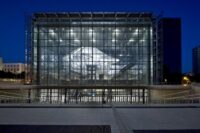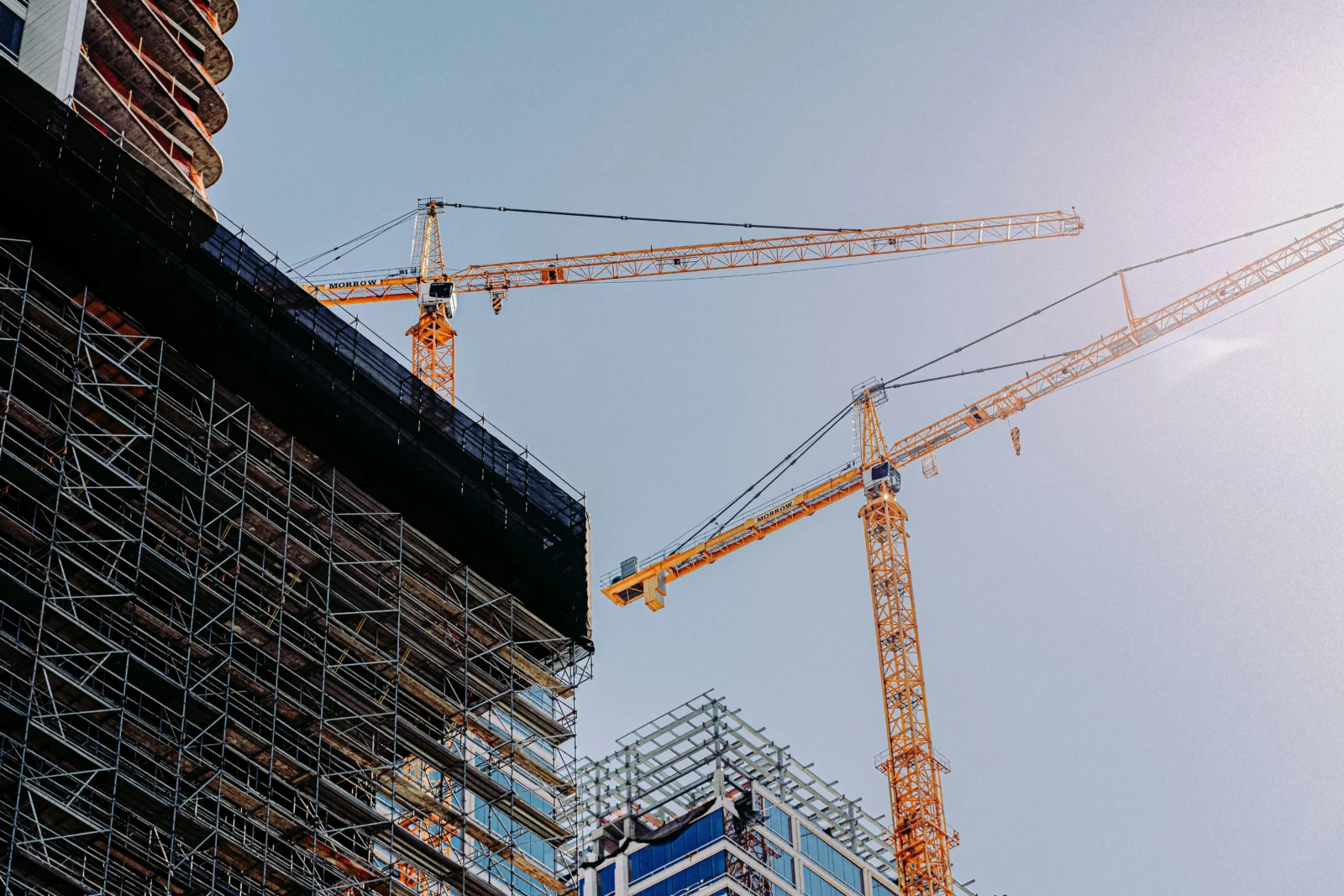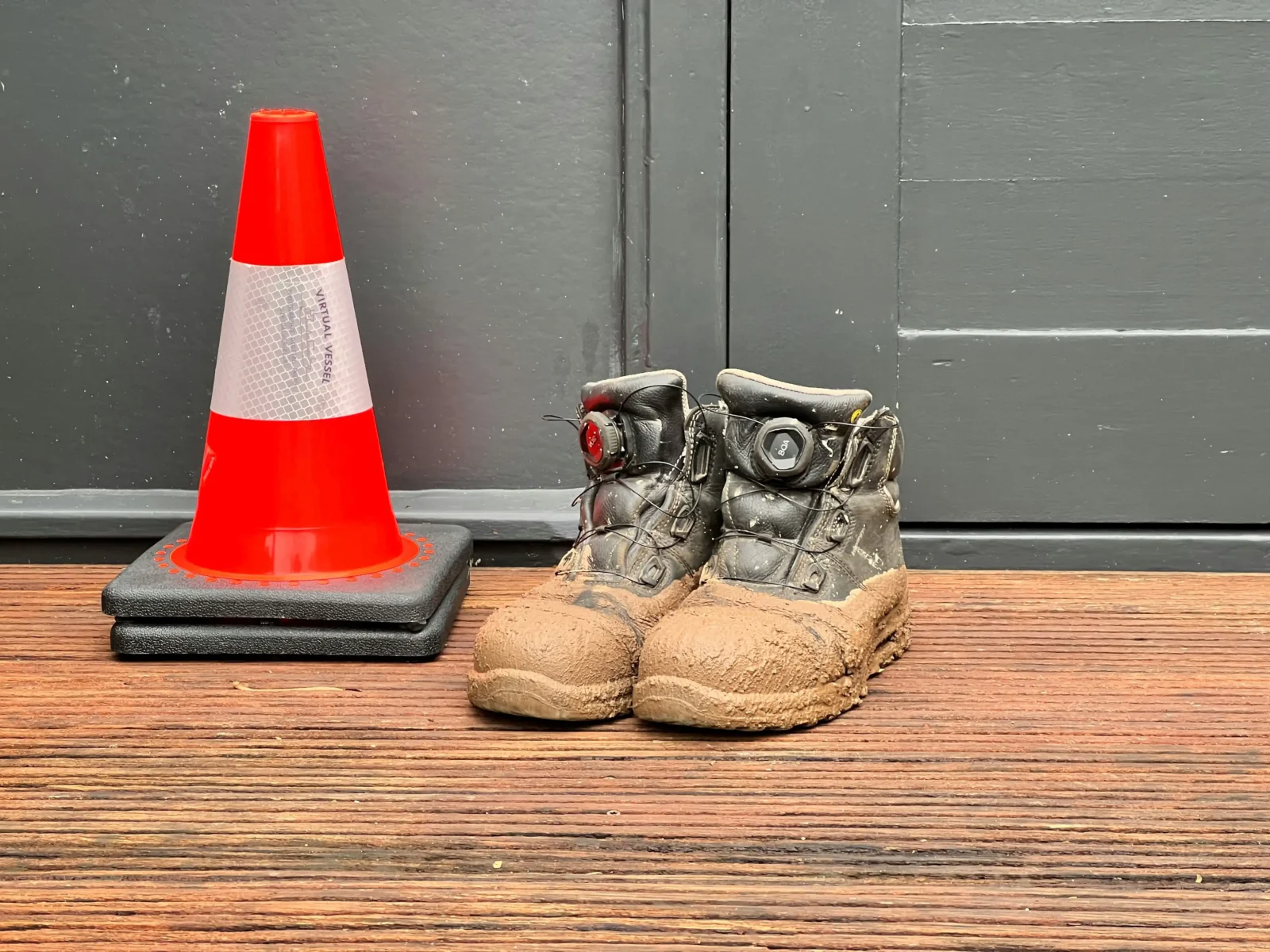- Home
- Articles
- Architectural Portfolio
- Architectral Presentation
- Inspirational Stories
- Architecture News
- Visualization
- BIM Industry
- Facade Design
- Parametric Design
- Career
- Landscape Architecture
- Construction
- Artificial Intelligence
- Sketching
- Design Softwares
- Diagrams
- Writing
- Architectural Tips
- Sustainability
- Courses
- Concept
- Technology
- History & Heritage
- Future of Architecture
- Guides & How-To
- Art & Culture
- Projects
- Interior Design
- Competitions
- Jobs
- Store
- Tools
- More
- Home
- Articles
- Architectural Portfolio
- Architectral Presentation
- Inspirational Stories
- Architecture News
- Visualization
- BIM Industry
- Facade Design
- Parametric Design
- Career
- Landscape Architecture
- Construction
- Artificial Intelligence
- Sketching
- Design Softwares
- Diagrams
- Writing
- Architectural Tips
- Sustainability
- Courses
- Concept
- Technology
- History & Heritage
- Future of Architecture
- Guides & How-To
- Art & Culture
- Projects
- Interior Design
- Competitions
- Jobs
- Store
- Tools
- More

Home design trends for this year are reshaping our perspective on living spaces. Recent data from Houzz shows a dramatic surge in organic modern style searches. People looking for ‘organic modern bedroom’ designs increased by 245% compared to last year. Searches for ‘organic modern dining room’ saw a 146% jump, while ‘organic modern kitchen’ searches grew by 97%.
The design landscape continues to evolve beyond previous approaches. Modern homes now embrace a more dynamic and personal touch. This year leaves behind perfectly matched interiors and welcomes layered colours, patterns, and textures that create an eclectic, lived-in feel. Quality and uniqueness have become priorities as homeowners just need high-quality, one-of-a-kind pieces – and with good reason too. This shift suggests that fast furniture will soon become obsolete. Natural materials are making a strong comeback, while lifestyle-driven spaces reflect our changing priorities. Home builders Brisbane experts OJ Pippin Homes, break what you need to know below.
Table of Contents
ToggleDesign Elements That Are Shaping Modern Homes
Modern home design trends showcase curved silhouettes as the dominant feature. Sharp angles no longer appeal to homeowners who now prefer rounded edges and organic forms. These curved elements create welcoming, fluid spaces that blend harmony with artistry. Living spaces come alive with furniture featuring gentle, flowing lines – from rounded sofas to crescent-shaped armchairs.

Classic European design elements like arches have made an impressive comeback. You’ll find these elegant curves adorning doorways, windows, and built-in cabinetry. They create a natural flow between rooms and make spaces feel more open. The eye naturally follows these graceful lines upward, which makes ceilings appear higher and rooms more spacious.
The interior design world puts texture at its heart. Plain walls have given way to bold new choices. Wallpapered ceilings, wood panelling, and decorative plaster finishes bring depth and character to rooms. These design elements turn ordinary surfaces into stunning focal points that add dimension to homes.
Modern homes now embrace nature-inspired design elements that boost wellbeing. Natural light, good ventilation, and materials that echo the outdoors create calm, vibrant spaces. Lighting has evolved beyond its basic function to become an artistic statement. Modern fixtures like oversized pendants and sculptural lamps now serve as stunning art pieces.
Neutral colours dominate the modern home palette. Browns, taupes, creams, and pure whites set the stage, while bold accent colours add visual drama. This combination creates a “soft contemporary” look that balances minimalist design with cosy features. The result? Spaces that feel sophisticated yet welcoming.
Natural Materials and Textures Making a Comeback
Natural materials have become the lifeblood of modern home design trends. These materials represent a move away from synthetic surfaces that dominated previous designs. People now crave authentic, tactile environments that connect them to nature.
Bouclé fabric has emerged as one of the most popular textures this year. The distinctive looped surface adds warmth and character to minimalist and Scandinavian-inspired spaces. Designers suggest using bouclé for accent chairs and smaller pieces instead of large investments like sofas. This approach gives homeowners flexibility as their tastes change.
Velvet still rules the interior fabric trends, especially when you have jewel tones like emerald green, deep blue, and rich burgundy. This luxurious material looks stunning on statement sofas, cushions, and elegant drapery. It adds a touch of sophistication to any room.
This year welcomes “warm minimalism” – a fresh approach that combines clean lines with softness, natural textures, and calming colours. Earthy tones like burnt sienna, olive, caramel, and clay mirror the Australian landscape and create natural warmth in interiors.

Patina metals now replace harsh metallic finishes in contemporary design. These aged finishes create depth, contrast, and soul in spaces. They darken the low points and crevices of surfaces to highlight detail and craftsmanship. “Antiquing is for those who believe metal shouldn’t just shine—it should speak”.
Travertine has become this year’s most desired stone trend. Its porous texture and unique veins bring warmth and authenticity to architectural spaces. This makes it ideal for flooring, wall cladding, and statement pieces.
Wood remains everyone’s favourite, and with good reason too. Studies show that 82% of workers exposed to eight or more wooden surfaces in their office reported higher job satisfaction. This compares to only 53% of workers with no wooden surfaces present. Wood enriches spaces with its warmth and natural appeal, whether used for flooring, panelling, or furniture.
These natural materials do more than just look good – they create homes that feel authentic, grounded, and connected to our surroundings.
Lifestyle-Driven and Tech-Enhanced Spaces
Modern home designs reflect our changing lifestyles. Spaces now adapt to our needs, unlike the fixed room layouts we saw previously. This radical alteration shows how home design has moved toward flexibility.
Homeowners now want rooms that change based on their needs. They can move their spaces from home offices to guest rooms or play areas. Movable walls, versatile furniture, and adjustable layouts let people adjust their living spaces whilst maintaining aesthetic appeal.
Smart technology integration has become more sophisticated yet understated. Technology enhances daily life quietly from the background. These accessible systems control lighting, temperature, security, and entertainment through seamless smartphone access. Modern homes now feature hidden coffee stations that raise and hide appliances. Pull-out shelves next to refrigerators provide extra storage, whilst concealed charging stations eliminate messy cords.
Wellness has become central to home design. Dedicated areas for fitness, meditation, and relaxation are now standard features. Bathrooms feel like personal spas with soaking tubs and rain showers. Lighting systems match our natural sleep cycles to support mental health.
Nature connects deeply with modern home designs, even as they welcome technology. Large windows, living walls, and indoor gardens remove the separation between indoor and outdoor spaces. Outdoor areas stay comfortable year-round with heating systems and smart shades that track the sun’s movement.
Personal touches remain vital amid these changes. People add family heirlooms, traditional textiles, and unique pieces that tell their stories. This creates spaces that feel truly personal – a clear development from previous generic design trends.

Conclusion
Home design strikes a fresh balance between functionality and personal expression. Modern organic style combines curved silhouettes with natural materials, showing our desire for sophisticated yet liveable spaces.
These design trends go beyond aesthetics to reflect deeper lifestyle changes. Our homes have transformed into multi-purpose environments that serve as workspaces and wellness retreats. Smart technology improves our living spaces more subtly now. It works quietly behind the scenes to support daily routines.
Sustainability defines tomorrow’s homes without doubt. People now choose quality, long-lasting pieces over disposable options. This shows how we value our living spaces as investments that deserve careful thought. Natural materials like travertine, wood, and bouclé fabric bring warmth and authenticity synthetic alternatives can’t match.
Strictly defined, matching interiors no longer appeal to homeowners. We now create spaces that tell our personal stories through layered textures, meaningful objects, and flexible arrangements. Our homes can evolve with us and adapt to new needs whilst keeping their character intact.
Trends will always change, but this fundamental shift toward homes that value wellbeing, sustainability, and personal connection will last. These principles connect to our simple human needs rather than passing fads. You might like curved furniture, biophilic elements, or adaptable spaces. The goal remains simple – creating a home that feels truly yours.
illustrarch is your daily dose of architecture. Leading community designed for all lovers of illustration and #drawing.
Submit your architectural projects
Follow these steps for submission your project. Submission FormLatest Posts
Shipping Containers as Functional Infrastructure on Construction Sites
Construction sites are temporary by definition, yet the systems that support them...
Understanding Site Safety Footwear in Architectural Practice
Architecture is often discussed through drawings, models, and finished buildings, yet a...
General Arrangement Drawings in Architecture: The Backbone of Clear Design Communication
General Arrangement Drawings explained: what they are, when to use them, how...
The Ultimate Guide to Fencing in North Dakota: Choosing the Best Fence for Your Property
Watching a chain link fence twist in 70 mph winds near Minot...












Leave a comment